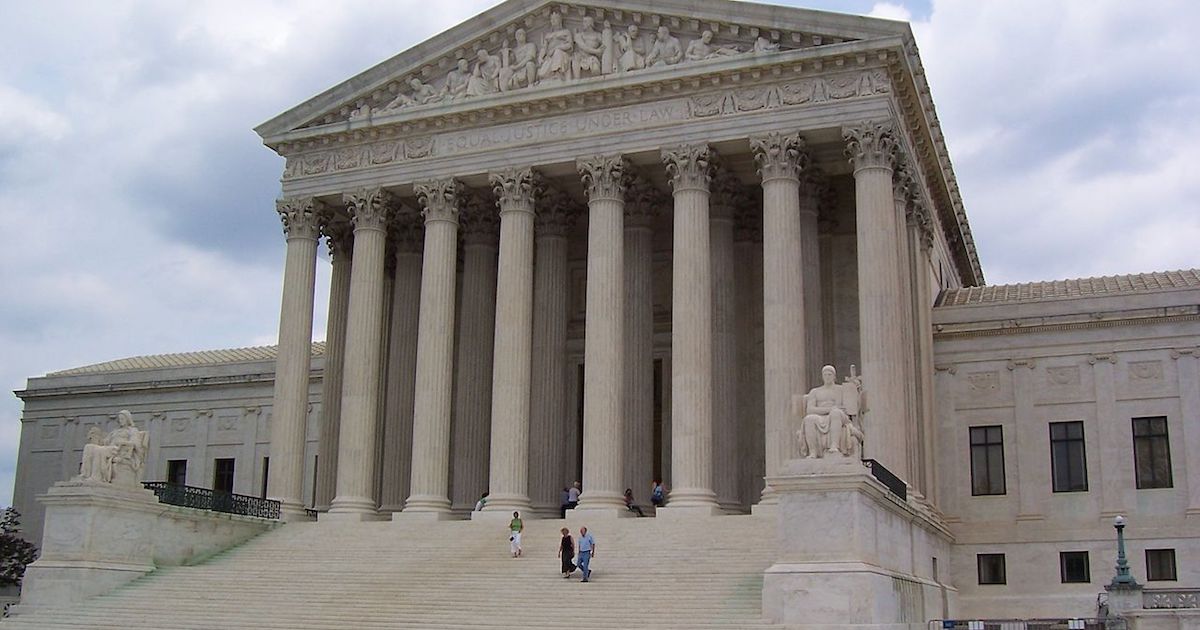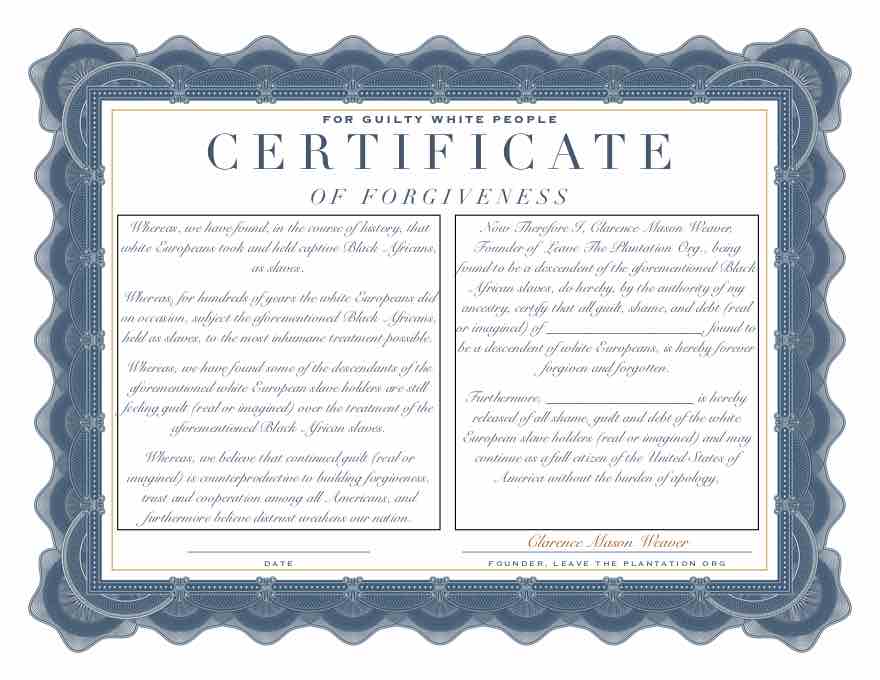LTP News Sharing:
Farmers, ranchers and other landowners throughout the country can breathe a sigh of relief now that the Supreme Court has delivered long-overdue clarity in Sackett v. EPA over which bodies of water the Environmental Protection Agency (EPA) can regulate under the Clean Water Act (CWA).

Bonner Cohen
By narrowing the scope of the EPA’s authority to regulate wetlands, the court’s ruling will significantly reduce the agency’s presence on private land.
The decision hands a victory to Michael and Chantell Sackett, who have been trying to build a home on their 0.63-acre property near Priest Lake, Idaho, for 16 years. Standing in their way were EPA officials who claimed that the couple’s bone-dry property was subject to regulation as a wetland. Citing its regulatory authority under the CWA, the agency ordered the Sacketts to cease all construction on their home and threatened them with fines of up to $40,000 a day if they didn’t comply.
What began as a water-quality statute over half a century ago had morphed into a mechanism for the feds to determine land use on private property.
But what exactly is EPA’s regulatory authority over bodies of water has been mired in controversy since the CWA was enacted in 1972. The law gives the EPA (along with the U.S. Army Corps of Engineers) the power to regulate discharges into “navigable waters of the United States” (WOTUS) but provides few specifics on how other non-navigable water bodies, including wetlands, are to be treated. Over the years, the EPA and the Corps gradually, and self-servingly, expanded their writ to include wetlands with no direct hydraulic connection to navigable waters. With the vague wording of the CWA offering little guidance, the question of what the EPA could and could not regulate has been the subject of confusion and litigation for decades.
After two Supreme Court decisions in 2000 and 2005 failed to provide jurisdictional clarity, the Obama administration issued its own WOTUS rule in 2015, one that greatly strengthened the hand of the EPA. But federal courts tossed out two sections of the Obama rule, and the Trump administration replaced it with its own, less expansive rule in 2020. The Biden administration, in turn, scrapped the Trump approach, replacing it in January of this year with its own rule granting broad authority to EPA to regulate wetlands.
This never-ending regulatory uncertainty enabled the EPA to target landowners like the Sacketts, charging them in Kafkaesque fashion with polluting wetlands. In what way is the Sackett’s property connected to a wetland? It lies across a road about 300 feet from the lake. In justifying its claim of regulatory authority, the EPA cited a “shallow subsurface flow” linking the property to a ditch, which connects to a creek, which then flows past a row of lakefront houses into the lake.
Now, with its May 25 decision in Sackett v. EPA, written by Justice Samuel A. Alito, the Supreme Court has finally imposed a limiting principle on the EPA’s authority.
“We hold that the CWA extends to only those wetlands with a continuous surface connection to bodies that are ‘waters of the United States’ in their own right, so that they are ‘indistinguishable’ from those waters,” Alito wrote.
“Regulation of land and water use lies at the core of traditional state authority,” Alito continued. “An overly broad interpretation of the CWA’s reach would impinge on this authority. The area covered by wetlands alone is vast — greater than the combined surface area of California and Texas. And the scope of the EPA’s conception of ‘waters of the United States’ is truly staggering.”
Alito specifically rejected former Justice Anthony Kennedy’s ill-defined “significant nexus” test, an 18-year-old standard that let the EPA exert regulatory authority over potentially hundreds of millions of acres of land located in the vicinity of wetlands.
“By the EPA’s own admission, nearly all waters and wetlands are susceptible to regulation under this test, putting a staggering array of landowners at risk of criminal prosecution for such things as moving dirt,” he added.
At their core, the Obama and Biden policies on wetlands regulation were an attempt to impose federal zoning on broad stretches of rural America. Absent the Court’s May 25 ruling, landowners would have to apply to the EPA for permits — a process that can take years — just to carry out normal operations on their properties, or face the litigation ordeal the Sacketts went through.
In addition to putting the kibosh to the EPA’s elaborate federal zoning scheme, the Court’s ruling also undermines one of the Biden administration’s highest profile environmental initiatives. In his first week in office, President Biden issued an executive order setting a goal of conserving “at least” 30 percent of the nation’s land and bodies of water by 2030. Initially dubbed the “30×30 plan,” and later relabeled as the “America the Beautiful Initiative,” the scheme would bring vast swaths of territory under Washington’s control — either through expanded federal ownership of land or via federal regulations restricting land and water use. Granting the EPA almost unlimited power to regulate wetlands was one of the ways the White House could achieve “30×30.”
Thanks to the Supreme Court, that pathway to more federal power has been blocked.
Bonner Russell Cohen, Ph.D., is a senior fellow at the National Center for Public Policy Research. This first appeared at The Hill.
Author: Bonner Cohen







